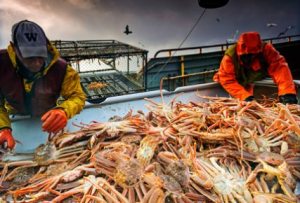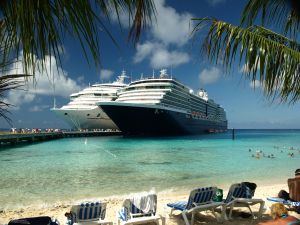206.624.8844
Alaskan Crab Season Opens October 15
The Bristol Bay red king crab season is scheduled to begin on October 15 and continue through January 15. This year, the allowable catch is up 16% over last year with a total of 9.9 million pounds. Similarly, state fisheries biologists have set the total allowable catch for tanner crab at 8.4 million pounds in the eastern sector and 6.6 million pounds in the western sector, which represents a substantial increase from 2013. Overall, the stocks of red king crab, tanners, and snow crab all showed big increased in mature size classes based on data from annual summer surveys taken by fisheries biologists.
With the start of Alaskan crab season, we are reminded that every year fishermen lose their lives and many suffer serious injuries in vessel accidents. Common examples of injuries include slips and falls on icy and wet decks without adequate non-skid protection or mats, being struck with swinging crab pots, fishermen struck by waves that wash them across the deck or overboard, frostbite, crushing injuries due to getting hands, legs, or feet caught in pinch points or deck equipment, injuries caused by fatigue and long hours operating heavy equipment, parting lines or cables out on deck, injuries while stacking or lashing crab pots out on deck, lifting injuries, injuries from bait choppers, falling cargo, unsafe access to docks, and many other types of incidents. Regardless of the cause of an injury, a vessel owner is responsible under the Jones Act for providing the crew with a reasonably safe place to work. If unsafe work conditions cause an injury, a fisherman can claim damages for the injury beyond payment of maintenance and cure. If you suffer an injury on an crab boat, make certain that you timely fill out an accident report even if you believe at the time that the injury will resolve. Get the names, addresses, email addresses, and telephone number of any witnesses to the incident. Make sure to take photographs, if possible, of the scene of the incident and any equipment that was involved. By taking these steps, you can assist your lawyer in finding the truth about how your injury occurred.
 Seattle Maritime Injury Lawyer Blog
Seattle Maritime Injury Lawyer Blog












